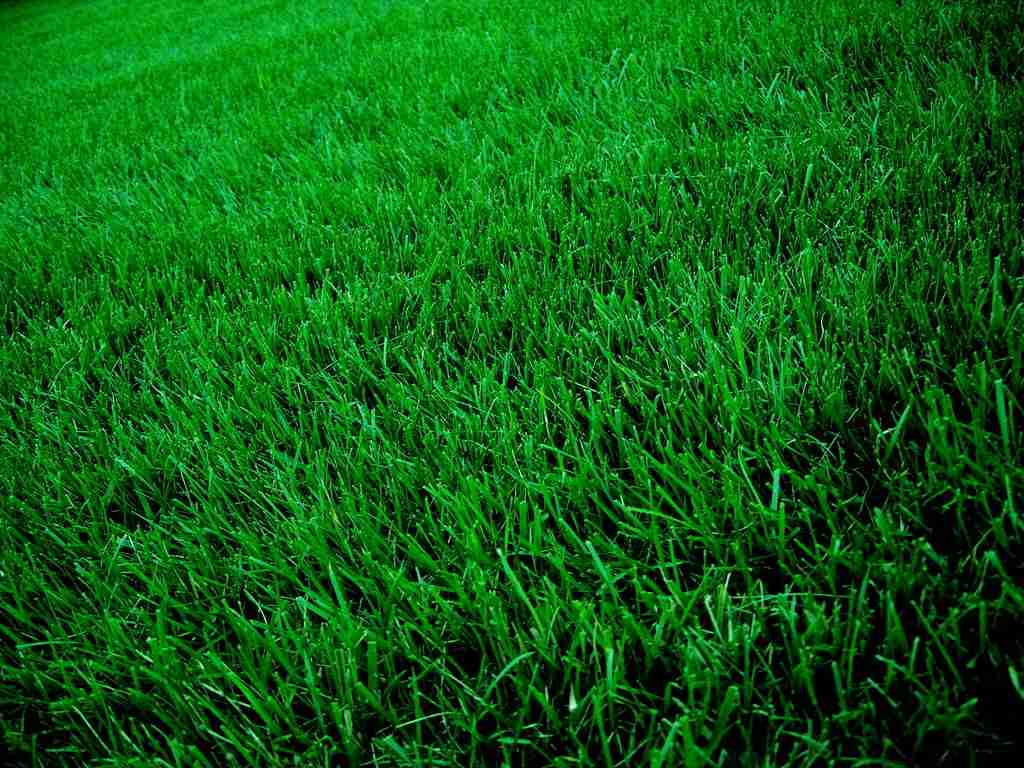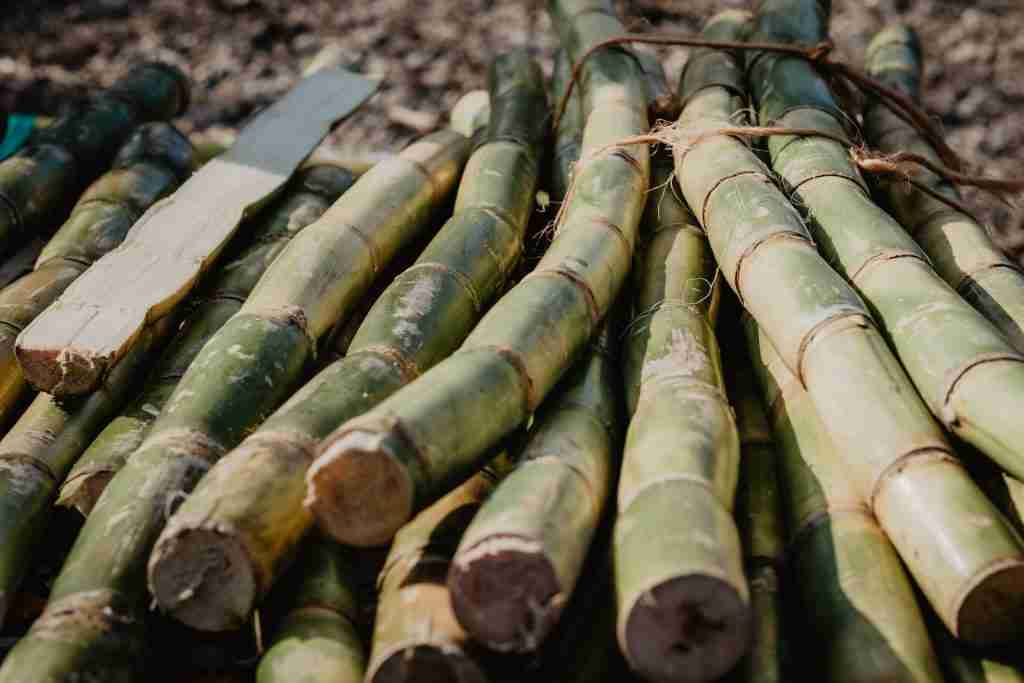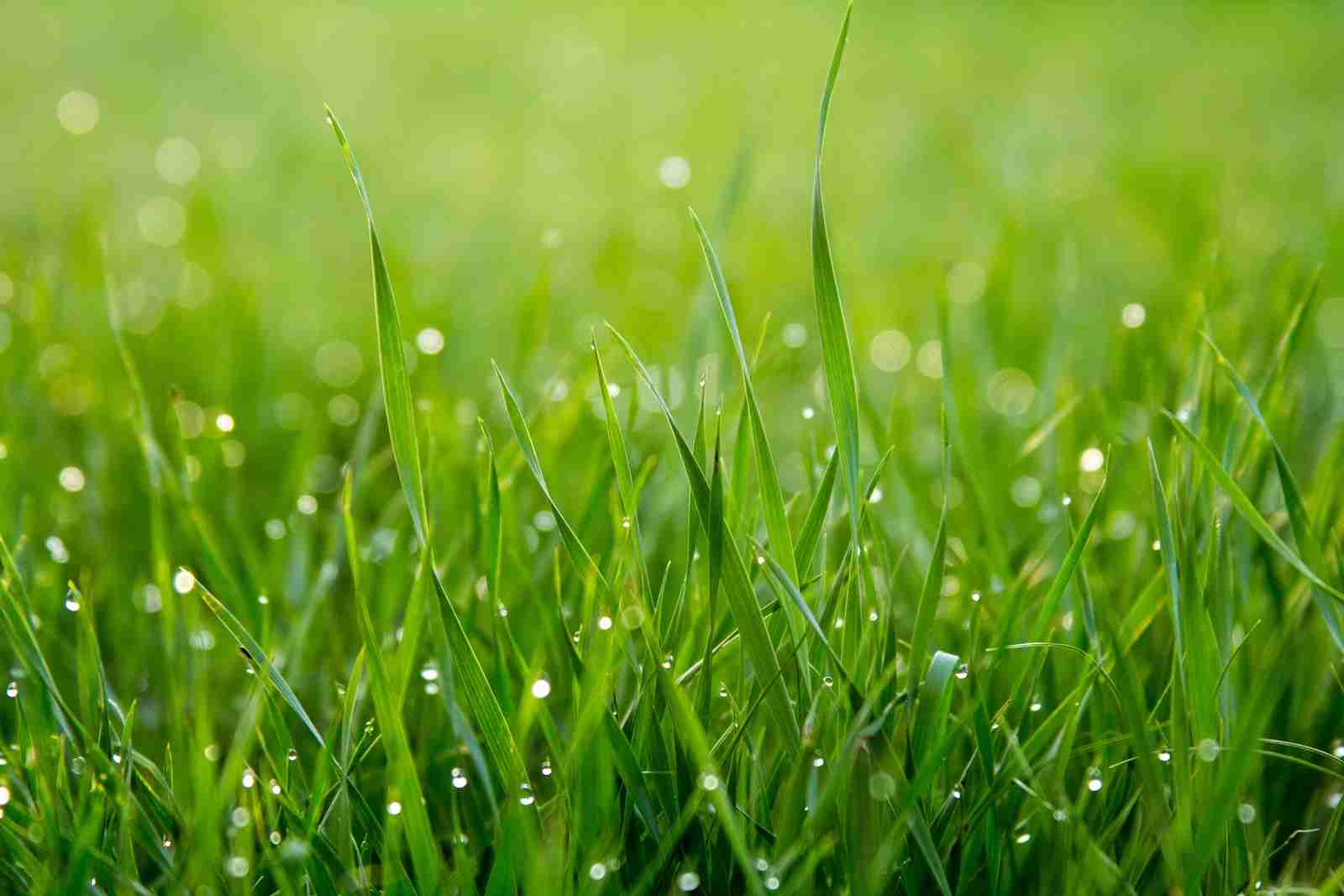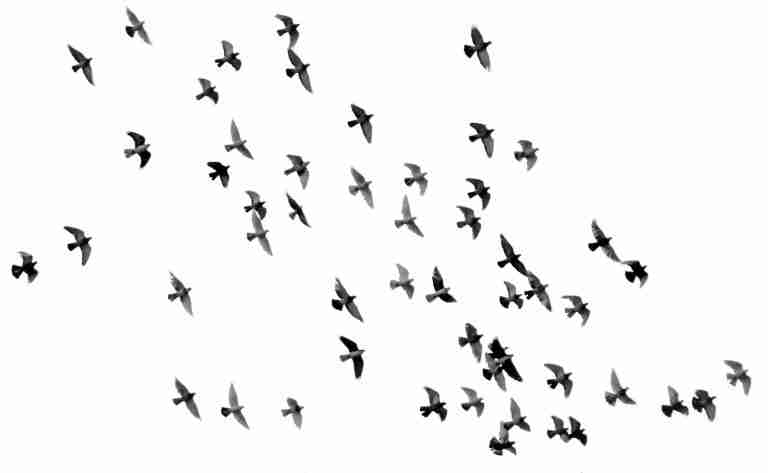24 Fun Facts About Grass | Nature’s Green Carpet
1. There are over 10,000 species of grass.
Grass, one of the most widespread plant families globally, boasts a remarkable diversity with over 11,000 species.
Ranging from the grass in your backyard to vital food crops, this extensive family showcases adaptability and utility across ecosystems and human agriculture.
2. Some grasses, like Wheat and Rice, are major food crops.
Wheat, rice, and maize are among the world’s most cultivated grass crops, providing sustenance for billions of people and forming the foundation of global agriculture.
These grains are essential staples, underlining the crucial role that grasses play in feeding our planet.
3. Grass is a primary food source for herbivores like cows and horses.
Grass stands as the primary dietary foundation for herbivores such as cows, sheep, and horses, sustaining these animals and forming the bedrock of many ecosystems.
Its significance in supporting herbivore populations highlights its ecological importance and its role in various food chains and ecosystems.
4. Golf courses feature meticulously trimmed grass.

Golf courses are renowned for their meticulously trimmed grass, creating a visually appealing and ideal playing surface for the sport.
These well-kept lawns provide a unique recreational and leisure experience for golfers while showcasing the precision of grass maintenance.
5. The World’s Longest Grass Blade on Record measures over 17 feet.
An astonishing grass blade measuring over 17 feet holds the record as the longest documented blade, highlighting the remarkable growth potential of this plant.
This exceptional growth demonstrates the impressive adaptability and vigor of grasses in various environments.
6. Bamboo, a type of grass, is one of the fastest-growing plant.
Bamboo, a type of grass, is famous for its rapid growth, with some species growing several feet per day, making it one of the fastest-growing plants on Earth.
This remarkable growth rate has led to the utilization of bamboo in a wide range of applications, from construction to manufacturing.
7. Lawns composed of various grass species can create a diverse and resilient ecosystem.
Grass lawns reduce water and pesticide requirements, making them a popular landscaping choice that combines aesthetics with practicality.
Their capacity to thrive with minimal care makes them an eco-friendly and cost-effective option, promoting diverse and resilient ecosystems.
8. Grass can signal stress chemically and foster plant community resilience.

Grasses possess the remarkable ability to communicate with neighboring plants through chemical signals when facing stress.
This skill helps them adapt effectively to environmental challenges, highlighting the interconnectedness of plant life and the adaptability of grasses.
9. Kentucky Bluegrass is a popular grass for lawns in the United States.
Known for its vibrant green color and fine texture, Kentucky Bluegrass is a popular grass type for lawns and sports fields in the United States.
Its widespread use underscores its value in landscaping and sports field management.
10. The smell of freshly cut grass is a plant distress call.
The pleasant scent of freshly cut grass is a blend of chemical compounds released by the grass as a defense mechanism against potential threats.
This aromatic phenomenon adds to the sensory experience of outdoor activities and gardening.
11. Grass can adapt to diverse climates and environments.
Grasses exhibit extraordinary adaptability, thriving in various climates, from frigid tundra’s to scorching deserts.
Their ability to flourish in such diverse conditions underscores the resilience and versatility of this plant family.
12. Grass has been used for thatching roofs and making baskets.
Grass has been utilized for centuries in constructing traditional thatched roofs, providing insulation and protection from the elements.
This sustainable and time-tested roofing material holds historical and cultural significance in various regions.
13. Wheatgrass is consumed as a health drink in some cultures.
Wheatgrass, the young sprout of the wheat plant, is consumed as a health drink in some cultures.
It is celebrated for its potential nutritional and detoxifying benefits, reflecting the growing interest in natural and holistic health practices.
14. Ancient Egyptians used papyrus, a type of grass, to create paper.
Ancient Egyptians used papyrus, a type of grass, to create paper, marking a significant development in the history of writing and communication.
Papyrus paper played a pivotal role in preserving and transmitting knowledge in antiquity.
15. Grass plays a crucial role in preventing soil erosion.
Grass is known for its strong root systems, making it an effective natural solution for preventing soil erosion in various environments.
This crucial role in maintaining soil integrity underscores the ecological importance of grasses.
16. Lawns act as carbon sinks, helping mitigate climate change.
Grass lawns serve as carbon sinks, effectively mitigating climate change by absorbing and storing carbon dioxide from the atmosphere.
This environmental benefit underscores the role of grass in carbon sequestration and climate regulation.
17. “Snake in the grass” is a metaphor for hidden deceit or danger..
The phrase “snake in the grass” is a metaphor for hidden deceit or danger, drawing upon the idea of a concealed threat within a seemingly harmless environment.
This figurative use of grass illustrates the power of language to convey complex concepts.
18. Zoysia grass can tolerate heavy foot traffic, making it ideal for sports fields.

Zoysia grass’s ability to withstand heavy foot traffic makes it an ideal choice for sports fields, providing traction and a natural cushion for athletes.
These fields play a critical role in sports and recreation, offering a safe and reliable surface for competition.
19. Grass pollen is a common allergen that can trigger allergies.
Grass pollen is a common allergen that can trigger hay fever and various allergic reactions in sensitive individuals.
Understanding the allergenic properties of grass pollen is crucial for allergy management and healthcare.
20. Some grass varieties, like reeds, are used to create musical instruments.
Some grass varieties, like reeds, are used to create musical instruments, producing distinct sounds in various cultures worldwide.
Grass’s versatility in musical instrument production contributes to the rich diversity of global music traditions.
21. Grasshoppers and locusts are important members of grassland ecosystems.
Grasshoppers and locusts are well-known for grazing on grasses, making them important members of grassland ecosystems.
These insects play a vital role in nutrient cycling and the balance of grassland ecosystems.
22. Sugarcane is a type of grass used for sugar production.

Sugarcane, a type of grass, is the primary source of sugar production, yielding a wide range of sweet products used globally.
This versatile grass variety plays a significant role in the global sugar industry.
23. Golf course greens are typically composed of specialized grass varieties.
Golf course greens are typically composed of specialized grass varieties like Bent grass, prized for their fine texture and ability to tolerate low mowing heights.
Maintaining these greens to perfection requires meticulous care and attention to detail.
24. Grass graffiti is an art form where patterns and designs are cut into grassy areas.
Grass graffiti is an art form where patterns and designs are cut into grassy areas.
It showcases the creative potential of grass as a medium for artistic expression.
FAQs
The scientific name for grass is “Poaceae.”
Yes, you can grow certain types of grass indoors in containers. These miniature grass gardens are perfect for adding a touch of greenery to your home.
Yes, many types of grass are adapted to extreme conditions, such as cold winters or arid deserts. They have evolved to withstand harsh climates.
Grasses reproduce both sexually, through seeds, and asexually, through runners or rhizomes. This diverse reproductive strategy contributes to their survival.
Golf courses use specific grass varieties known for their fine texture and ability to withstand frequent mowing, making them ideal for maintaining smooth greens.







